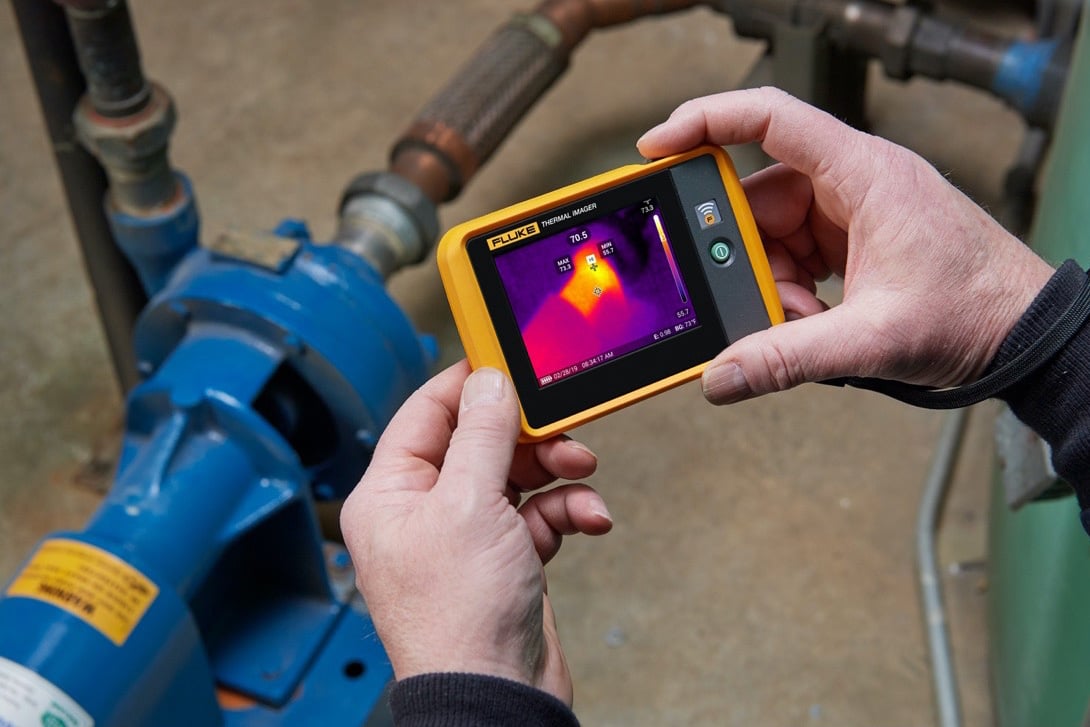Water Leak Detection: How to Determine and Repair Leaks Before They Trigger Damages
Water Leak Detection: How to Determine and Repair Leaks Before They Trigger Damages
Blog Article
Cutting-edge Solutions for Early Discovery of Water Leakages in Buildings and Framework
From advanced leak detection modern technologies to the implementation of IoT sensing units for real-time surveillance, the landscape of leak prevention is progressing rapidly. Automated water flow analysis systems are reshaping just how leaks are identified and dealt with, paving the way for a positive method to water leakage discovery.
Advanced Leak Discovery Technologies
Advanced leak discovery innovations, equipped with cutting-edge sensors and formulas, play an essential role in quickly recognizing and determining water leaks in various setups. Electromagnetic sensing units can recognize changes in electromagnetic fields caused by water, supplying yet an additional layer of leak discovery capability.

IoT Sensors for Real-Time Surveillance
In the world of contemporary water leak detection, the assimilation of IoT sensors for real-time surveillance stands for a crucial innovation in boosting proactive leak detection abilities. These sensing units supply continuous monitoring of water systems, giving real-time information on water circulation rates, pressure variations, and temperature level adjustments. By leveraging IoT modern technology, these sensors can discover also the smallest abnormalities in water usage patterns, allowing early recognition of possible leaks before they intensify right into significant problems.
IoT sensing units send data to a central system, where advanced formulas examine the information and produce signals or alerts when irregularities are discovered. This real-time tracking capacity permits homeowner or facility managers to immediately resolve leaks, decreasing water damages, reducing fixing costs, and conserving water resources.
Additionally, IoT sensing units can be integrated with building administration systems, enabling for automated feedbacks to identified leakages, such as shutting down water valves or activating pumps to reduce the impact of leaks. In general, the implementation of IoT sensing units for real-time tracking substantially improves the performance and performance of water leakage discovery in structures and infrastructure.
Artificial Intelligence Algorithms for Leak Forecast

One key advantage of making use of maker knowing for leak prediction is its capacity to continuously learn and improve its accuracy over time. As more information is collected and fed into the algorithm, it can fine-tune its forecasts and adapt to altering conditions, eventually enhancing the integrity of leakage detection systems.
Furthermore, artificial intelligence algorithms can help in determining subtle indicators of leakages that might go undetected by traditional monitoring methods. water leak detection. By assessing intricate information collections in real-time, these algorithms can supply early cautions and informs, enabling for timely treatment and preventative upkeep to mitigate possible water damage and linked costs
Using Thermal Imaging for Leak Detection
Thermal imaging innovation supplies a promising method for discovering water leaks in different systems and infrastructures. By utilizing infrared radiation and temperature level differences, thermal imaging cameras can determine surprise leakages that are not easily visible to the naked eye. When water leaves from pipelines or frameworks, it typically changes the temperature of the bordering location, producing temperature differentials that thermal cams can capture. These temperature check it out level abnormalities are then translated into visible photos, highlighting the exact place of the leak.
Among the vital advantages of thermal imaging for leakage discovery is its non-intrusive nature. Unlike standard methods that might call for getting into walls or floors to find leakages, thermal imaging enables non-destructive testing. This not only saves time and minimizes expenses but additionally minimizes disruption to the structure or facilities being evaluated. In addition, thermal imaging can swiftly check huge areas, giving an extensive review of possible leakage sources in a prompt way. Overall, using thermal imaging technology boosts the performance and precision of water leak discovery, making it a valuable tool for keeping the stability of buildings and infrastructures.
Automated Water Flow Evaluation Systems
How can automatic water flow evaluation systems reinvent the discovery and management of leakages in various systems and facilities? Automated water circulation analysis systems supply a proactive method to leakage detection by continually monitoring water circulation rates and patterns. By establishing standard data, these systems can quickly determine deviations that may indicate a leakage, making it possible for punctual treatment to avoid substantial damage.
These systems make use of innovative algorithms to analyze real-time data and provide instant alerts when abnormalities are discovered, allowing have a peek at this website for quick action to be taken. In addition, automatic water circulation evaluation systems can be integrated with building management systems or IoT platforms, improving overall effectiveness and allowing remote surveillance capabilities.
Moreover, the data collected by these systems can be used for anticipating maintenance objectives, aiding to identify potential weak factors in the framework before leaks take place. On the whole, the implementation of automatic water circulation analysis systems can significantly improve leakage discovery and management methods, ultimately resulting in cost savings, decreased water waste, and enhanced sustainability in buildings and framework.

Conclusion
In verdict, the combination of advanced leakage detection modern technologies, IoT sensing units, artificial intelligence algorithms, thermal imaging, and automatic water flow evaluation systems supplies ingenious remedies for early discovery of water look at this site leakages in buildings and infrastructure. These innovations make it possible for real-time surveillance, forecast of leaks, and reliable discovery techniques to avoid water damages and wastefulness. Executing these services can help in preserving the honesty and sustainability of water systems in various settings.
Report this page